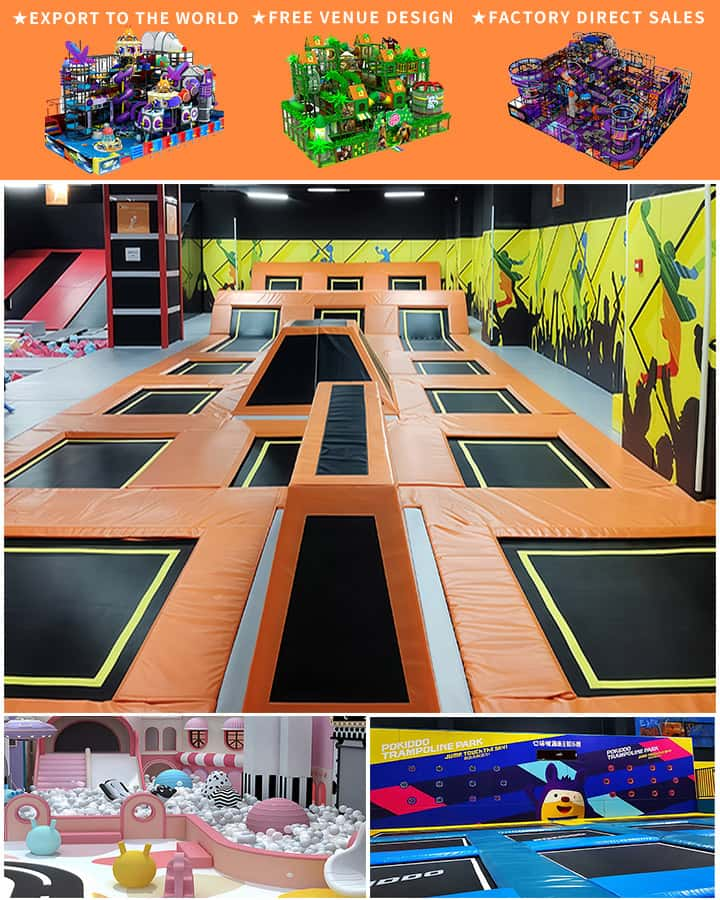In today’s fast-paced world, finding ways to keep kids entertained while ensuring their safety indoors has become a top priority for many families. An indoor playground for kids offers the perfect solution, providing a fun, engaging, and safe environment for children to play, learn, and grow. Let’s delve into how you can create the ideal indoor playground that combines excitement with safety.
Designing the Perfect Indoor Playground
The first step in creating an indoor playground is to design a space that caters to various age groups and interests. Start by assessing the available space and considering factors like ceiling height, flooring, and potential hazards. The goal is to maximize the usability of the area while ensuring it remains secure for children.
Choosing the Right Equipment
Selecting appropriate equipment is crucial. Opt for items that are both fun and functional, such as:
- Slides and Climbing Walls: These classic playground staples can fit into smaller spaces with modular designs, making them perfect for indoor settings.
- Trampolines: Mini trampolines with safety enclosures provide a fun way for kids to burn off energy while improving coordination and balance.
- Ball Pools: A ball pit filled with soft, colorful balls can offer endless entertainment and help develop motor skills.

- Interactive Toys: Educational toys, building blocks, and puzzles can stimulate creativity and cognitive development.
- Soft Play Areas: Foam mats, soft obstacles, and cushioned flooring ensure that even if kids tumble, they’re protected from injuries.
Safety First
Safety is paramount when designing an indoor playground. Here are some key considerations:
- Non-Toxic Materials: Ensure all equipment is made from non-toxic, BPA-free materials to keep kids safe from harmful chemicals.
- Rounded Edges and Corners: Smooth, rounded edges prevent injuries from sharp corners or rough surfaces.
- Supervision: Always supervise children while they play. Having clear sightlines and using baby gates or playpens can help monitor multiple children at once.
- Regular Maintenance: Keep the playground clean and well-maintained. Check for any wear and tear and address potential hazards promptly.
Educational Benefits
An indoor playground isn’t just about physical activity; it also provides numerous educational benefits. Through play, children can develop essential skills such as:
- Social Interaction: Playing with others helps kids learn teamwork, sharing, and communication skills.
- Problem-Solving: Interactive toys and games encourage critical thinking and problem-solving abilities.
- Physical Development: Climbing, jumping, and balancing improve motor skills, strength, and coordination.
- Creativity: Building blocks and imaginative play foster creativity and innovation.
Making the Most of Limited Space
For families with limited space, creativity is key. Consider multi-functional furniture like storage benches that double as slides, or wall-mounted climbing holds. Foldable items, such as compact play tents or pop-up ball pits, can be easily stored away when not in use.
Conclusion
Creating an indoor playground for kids is a fantastic way to ensure they have a safe and enjoyable environment to play in, regardless of the weather or time of day. By carefully selecting appropriate equipment, prioritizing safety, and incorporating educational elements, you can design a space that brings joy and developmental benefits to your children. With a little planning and creativity, your home can become the ultimate indoor sanctuary for fun and growth.




